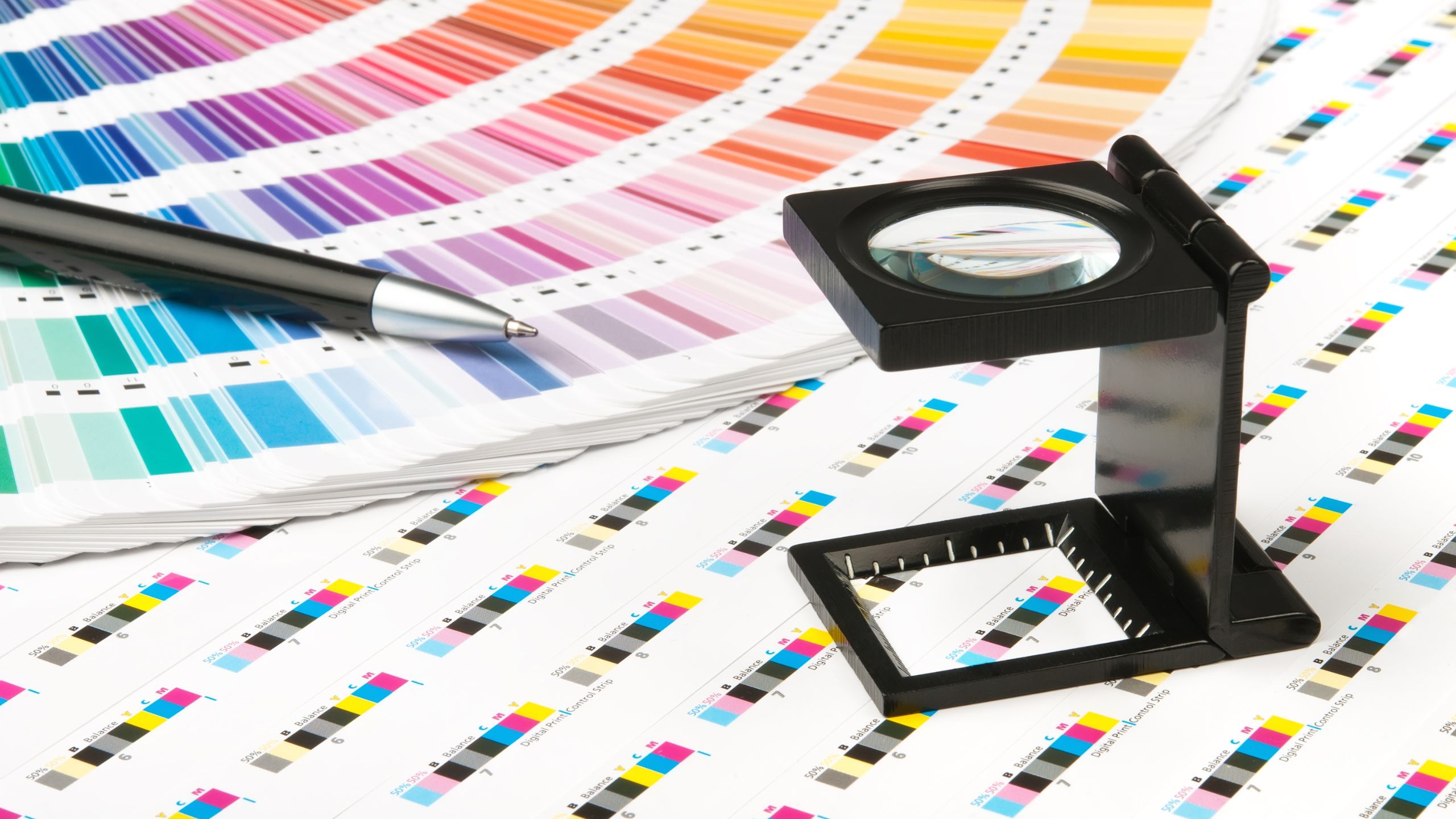The Best Beginner’s Guide to Help with Color Management in Windows
Help with Color Management in Windows
Color management is critical to any digital workflow, especially when dealing with images, videos, and other visual content. In this article, we’ll discuss the importance of color management, how it works in Windows, and provide tips for better color management in your digital workspace.
By the end of this guide to help with color management in windows, you’ll better understand how to manage colors on your device and ensure accurate color representation across various devices.
What is Color Management?
Color management is the process of maintaining consistent and accurate color reproduction across different devices, such as monitors, cameras, printers, and scanners. It involves using color profiles, calibration, and color spaces to ensure that the colors you see on your screen match those in the final output.
Why is Color Management Important?
3.1. Accurate Color Representation
Ensuring accurate color representation is essential for maintaining the integrity of your images and videos. With proper color management, colors may appear fresh, washed out, and saturated, which can affect the overall quality of your work.
3.2. Consistency Across Devices
Color management ensures consistency across various devices, such as monitors, printers, and cameras. This is especially important when collaborating with others, as it ensures everyone sees the same colors on their devices.
3.3. Professional Image and Video Work
For professionals working in photography, graphic design, and video production, proper color management is crucial for delivering high-quality client work.
Also Read: Fix Connections to Bluetooth Audio Devices and Wireless Displays in Windows 10 / 11
Understanding Color Profiles

4.1. sRGB
sRGB is the most widely used color profile and the default for most devices, including web browsers and consumer-grade monitors. It is suitable for general use and online content.
4.2. Adobe RGB
Adobe RGB offers a wider color gamut than sRGB, making it ideal for high-quality printing and professional work.
4.3. ProPhoto RGB
ProPhoto RGB is an even larger color space suitable for high-end photography and editing.
Also Read: How To Change Password on Computer: Step-by-Step Guide
Color Management in Windows
5.1. Display Settings
To access your display settings in Windows, right-click on the desktop and select ‘Display settings.’ You can adjust your monitor’s resolution, scaling, and color profile here.
5.2. Color Calibration
Windows has a built-in color calibration tool to help you fine-tune your monitor’s colors. Type ‘calibrate display color in the search bar and follow the on-screen instructions to calibrate your display.
5.3. Installing Color Profiles
To install a new color profile in Windows, right-click on the profile file and select ‘Install Profile.’ You can then select the profile in the ‘Color Management settings.
Also Read: Get Help with Paint in Windows: Best Beginner’s Guide
Helpful Color Management Tools

6.1. DisplayCAL
DisplayCAL is an open-source color calibration and profiling tool that supports various colorimeters and spectrophotometers.
6.2. ColorSync
ColorSync is a color management tool for Windows that allows you to synchronize color profiles across multiple devices.
6.3. Windows Color Management System (WCMS)
WCMS is a built-in color management tool in Windows that helps you manage color profiles, calibration, and settings.
Also Read: Get Help With Windows Media Player in Windows 10 (Best Guide)
Monitor Calibration (Help with Color Management in Windows)

7.1. Hardware Calibration
Hardware calibration involves using a colorimeter or spectrophotometer to directly measure and adjust your monitor’s color output.
7.2. Software Calibration
Software calibration uses a software application, like DisplayCAL or the built-in Windows color calibration tool, to adjust your monitor’s color settings.
Also Read: Help With Paint in Windows 10 – Best Paint User Guide For Beginners
Printer Calibration (Help with Color Management in Windows)

Printer calibration ensures that your printer produces accurate colors on various paper types. Most printer manufacturers provide software for calibrating their printers.
Choosing the Right Color Space for Your Work
Selecting the right color space depends on your intended output and requirements. For general use and online content, sRGB is usually sufficient. For professional work, Adobe RGB or ProPhoto RGB may be more suitable.
Tips for Better Color Management
- Keep your monitor’s brightness and contrast settings consistent.
- Ensure your workspace has consistent lighting conditions.
- Regularly calibrate your monitor and other devices.
- Use color-managed applications, like Adobe Photoshop or Lightroom, for editing.
- Check your work on multiple devices to ensure consistency.
Common Color Management Issues and Solutions
- Inaccurate colors: Calibrate your monitor and install the correct color profile.
- Inconsistent colors across devices: Ensure all devices use the same color profile and are calibrated.
- Banding or posterization: Use higher bit depth settings in your editing software.
Conclusion on Help with Color Management in Windows
Proper color management is essential for maintaining accurate and consistent color representation in your digital workspace. By understanding color profiles, calibrating your devices, and using the right tools, you can ensure that your work looks its best on any device. Please don’t underestimate the importance of color management in your workflow, as it can significantly affect the quality of your final output.
If this article on how to get help with color management in windows was helpful, please let us know in the comments section and share to your favourite social media platforms
FAQ
How often should I calibrate my monitor?
It’s recommended to calibrate your monitor at least once every few months or whenever you notice a color shift.
Can I use the same color profile for my monitor and printer?
While it’s possible to use the same color profile for both, device-specific profiles are usually better for more accurate color reproduction.
How do I know if my software supports color management?
Most professional editing software supports color management, like Adobe Photoshop and Lightroom. Check the software documentation or look for color management settings within the application.
What is the difference between hardware and software calibration?
Hardware calibration uses a measuring device to adjust the monitor’s color output directly, while software calibration adjusts the color settings through software.
Can color management improve image quality?
Yes, proper color management can ensure accurate color representation and improve the overall quality of your images and videos.







